From leaves and bark to silk and synthetic blends, the story of fabric is the story of civilization itself.
Fabrics have clothed us, sheltered us, and adorned our homes for thousands of years. But where did it all begin? This blog takes you on a journey through time to explore the fascinating history and origins of fabric—from its primitive roots to the global textile industry we know today.
(c. 30,000 BCE)
Before civilization, before writing, before the wheel—there was fabric.
Early humans needed protection from the cold, rain, and sun. Long before weaving, people used animal hides, tree bark, reeds, and plant fibers to wrap, tie, and cover themselves. These materials weren't just practical; they were the beginning of textile innovation.
Archaeological Evidence:
- Twisted flax fibers found in modern-day Georgia date back over 30,000 years, considered the oldest known textiles.
- Evidence of netting, cords, and primitive woven mats made from grasses and vines has been found in ancient cave dwellings.
- Bone needles, used to stitch hides, have been found in sites across Europe and Asia, indicating early sewing skills.
This era marks fabric’s origin as a survival tool, crafted by resourcefulness and instinct.

(c. 5000–3000 BCE)

As humans moved from nomadic tribes to settled agricultural societies, textile techniques advanced.
- Spinning fibers into thread allowed for the creation of stronger, more versatile fabrics.
- The first looms appeared in Mesopotamia and Egypt around 5000 BCE, enabling systematic weaving.
- Natural dyes from plants, minerals, and insects were used to color cloth.

Egypt
Mastered linen production from flax; mummies were wrapped in fine linen layers.
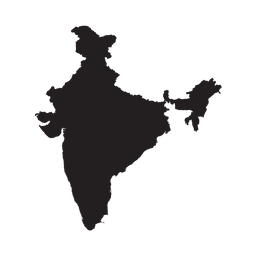
India
One of the first to grow and weave cotton (Indus Valley, 3000 BCE).

China
Developed sericulture (silk production) around 2700 BCE, becoming a closely guarded imperial secret.
Fabric Fuels Trade and Empire
(1000 BCE – 500 CE)
By the first millennium BCE, fabric had become a luxury commodity that shaped international trade and diplomacy.
- Silk Road trade routes carried silk from China to Rome, along with spices, knowledge, and culture.
- Cotton and muslin from India were in high demand throughout Asia, the Middle East, and Africa.
- Wool and linen dominated Europe and the Mediterranean.
Textiles became symbols of wealth, power, and global connection.
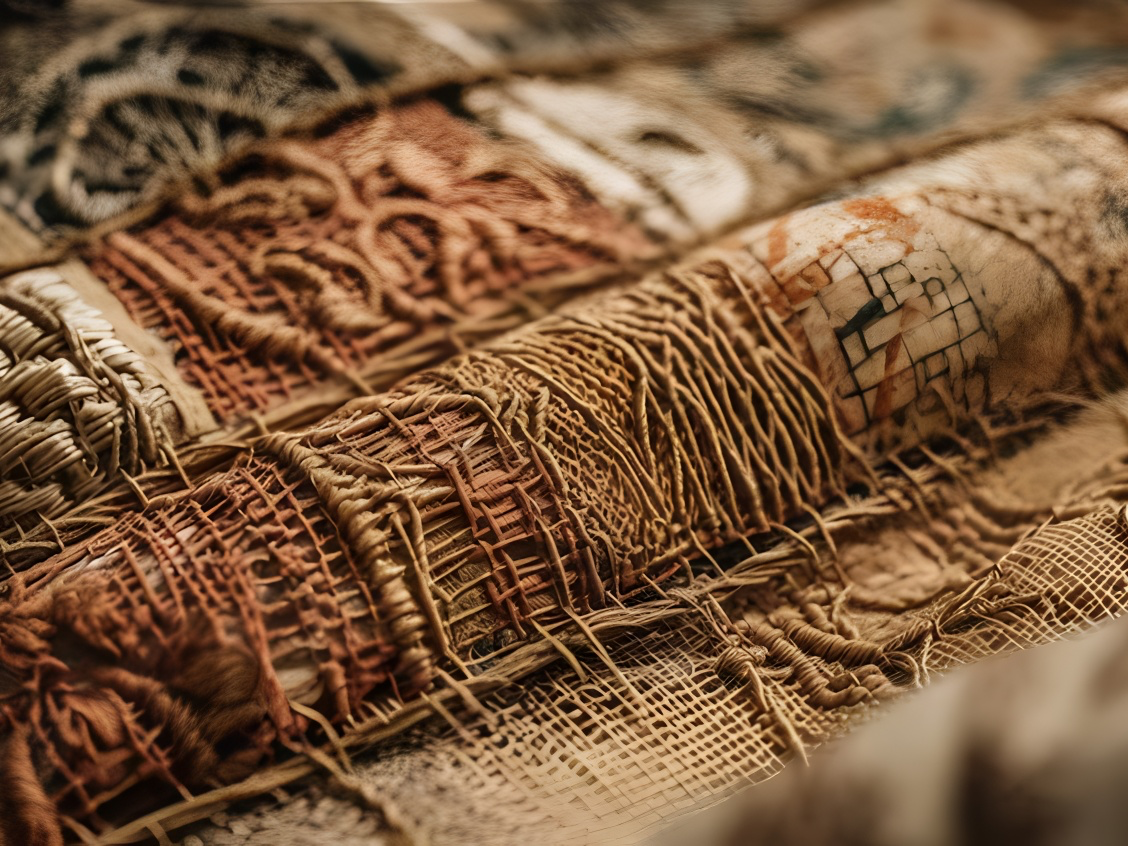
(500–1600 CE)
In the Middle Ages, fabric became a key marker of class and culture.
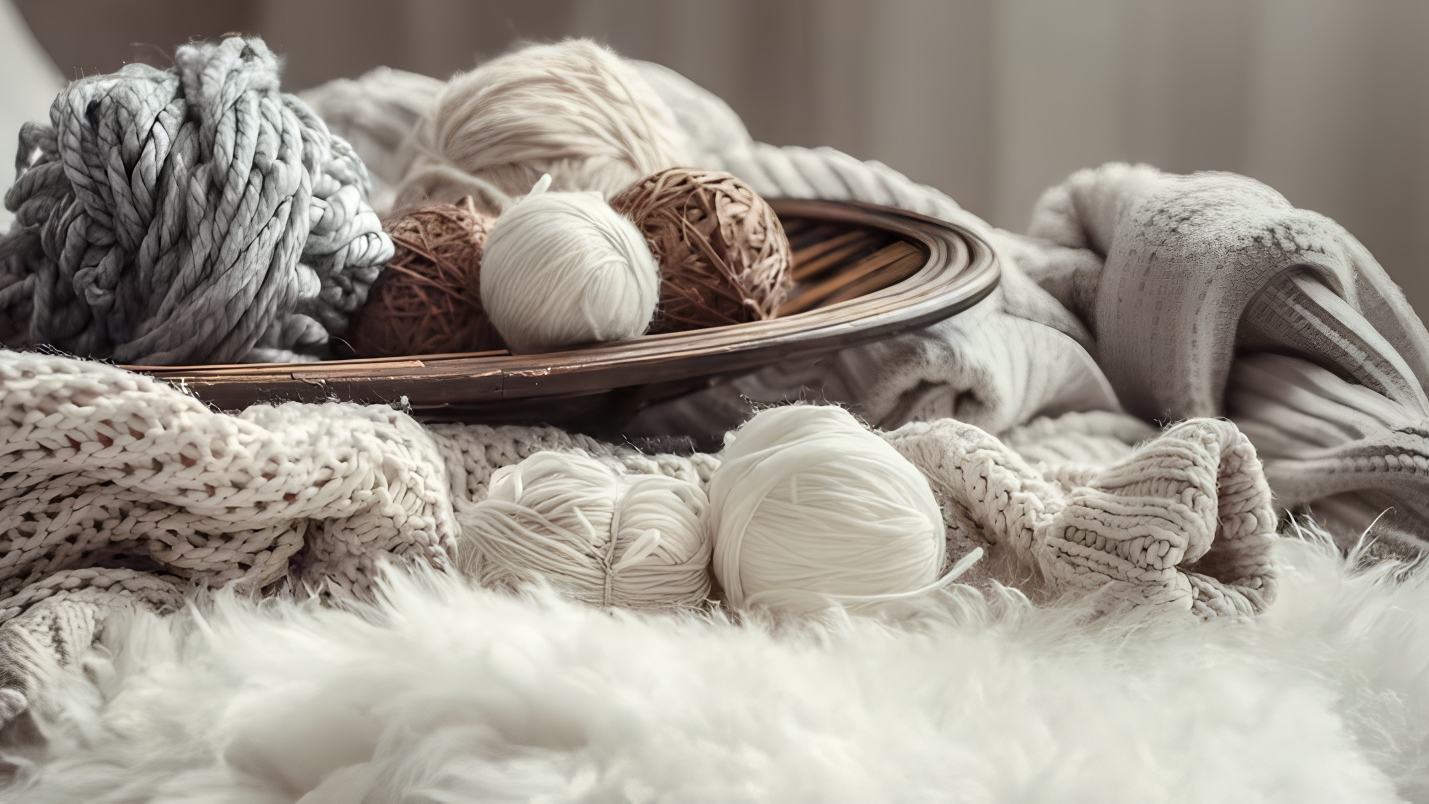 Wool was Europe’s economic backbone; England and Flanders were major producers.
Wool was Europe’s economic backbone; England and Flanders were major producers.
 Silk weaving reached new heights in the Byzantine Empire, Persia, and Italy.
Silk weaving reached new heights in the Byzantine Empire, Persia, and Italy.

Tapestries, brocades, and embroidery flourished in royal courts and cathedrals.
Meanwhile, in West Africa, Japan, and Mesoamerica, indigenous textile traditions reflected local resources and spiritual beliefs.
(1700s–1800s)

The 18th century brought machinery that transformed fabric forever:
- The spinning jenny, power loom, and cotton gin turned textile production from manual to industrial.
- Mass production lowered costs and increased availability, especially in Britain and the U.S.
- Colonized regions like India and Egypt were exploited for raw materials like cotton.
Textile mills became symbols of the Industrial Age—and often, of harsh labor and social change.
The modern age brought synthetic fibers, fashion revolutions, and global markets.
- Nylon, rayon, polyester, and spandex changed how we wear and move.
- Post-WWII fashion exploded with creativity—couture, casualwear, subcultures, and more.
- Fast fashion emerged, mass-producing stylish garments at low cost—but with environmental consequences.
Fabric now served both form and function, driven by technology and trends.
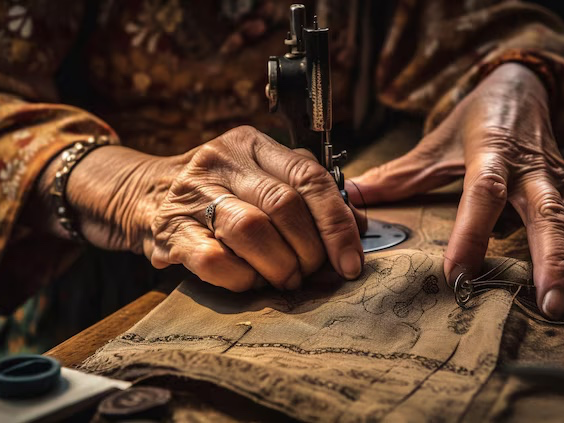
In the 21st century, fabric is at a crossroads between innovation and responsibility.
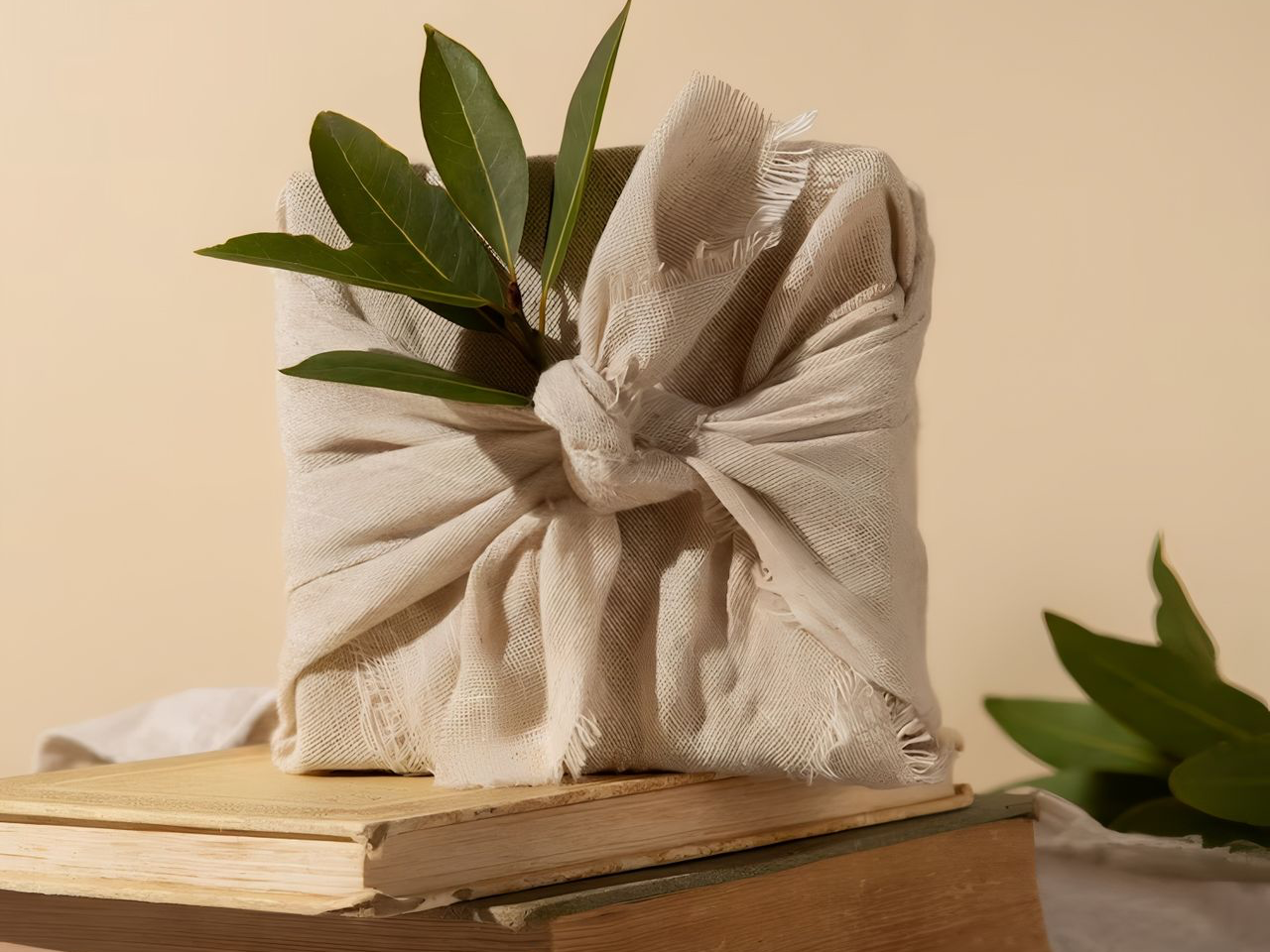
Eco-friendly textiles like organic cotton, bamboo, hemp, and recycled polyester aim to reduce environmental harm.

Smart fabrics are being developed that can sense heat, monitor health, or even generate energy.
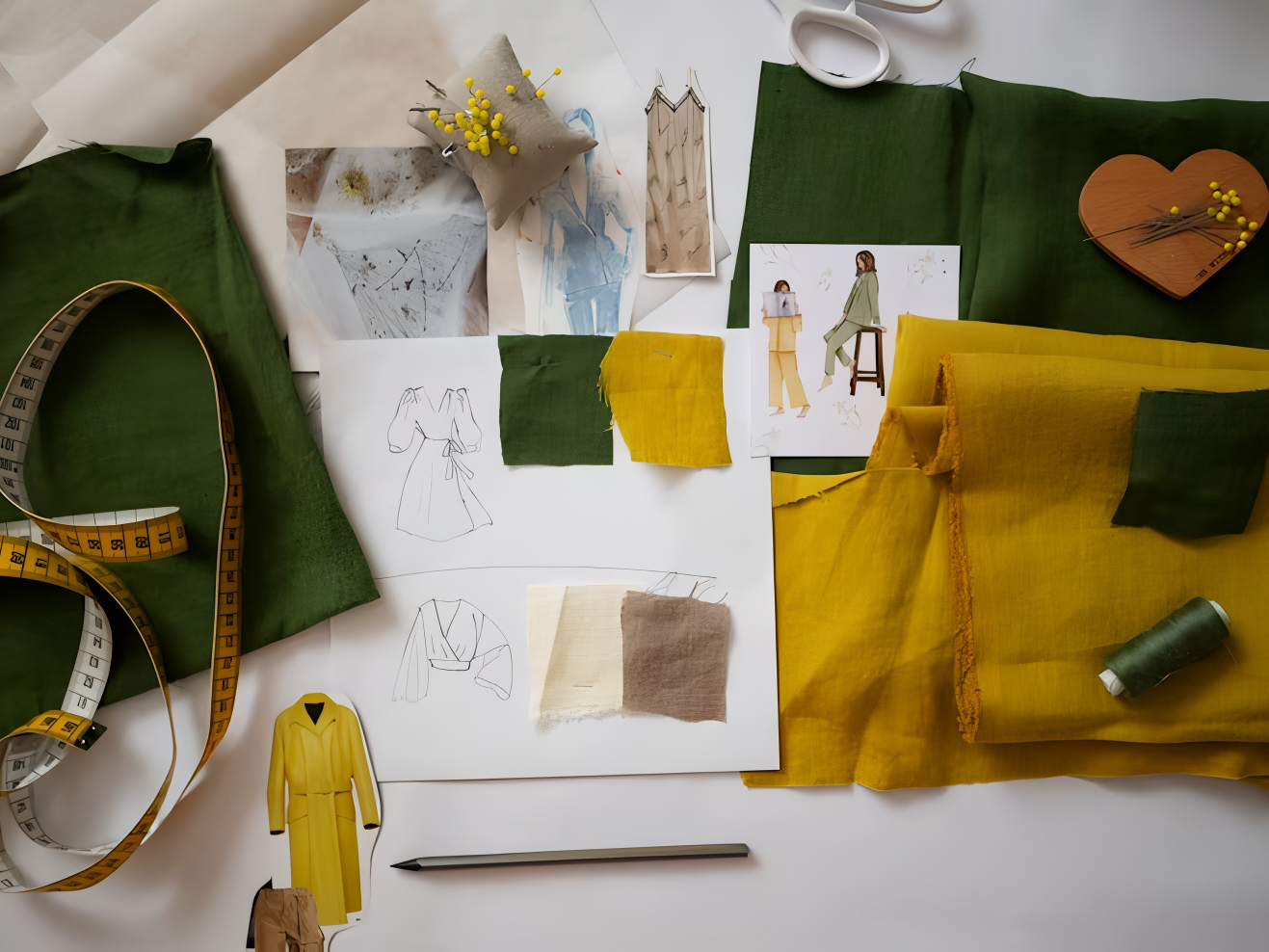
Designers and consumers alike are embracing slow fashion, ethical sourcing, and circular fashion models.
The future of fabric is not just fashionable—it’s intelligent, inclusive, and sustainable.
Cotton – The Fabric of Empires
Origin: Indus Valley Civilization, India (~3000 BCE)
Cotton is one of the earliest and most significant fabrics in human history. Archaeological findings suggest that ancient Indians cultivated cotton, spun yarns, and wove cloth over 5,000 years ago in the Indus Valley. India was known for its fine muslin, calico, and chintz, which were so prized that they became the most traded textiles across Europe, Africa, and Southeast Asia.
During the Mughal era, Indian cotton became a luxury export, adored for its softness and printability. British colonists later built a massive textile trade around Indian cotton — so much so that cotton played a central role in both colonialism and the Industrial Revolution.
Cultural Legacy: From Mahatma Gandhi’s khadi movement to today’s organic cotton revolution, this fabric continues to symbolize resilience and heritage.
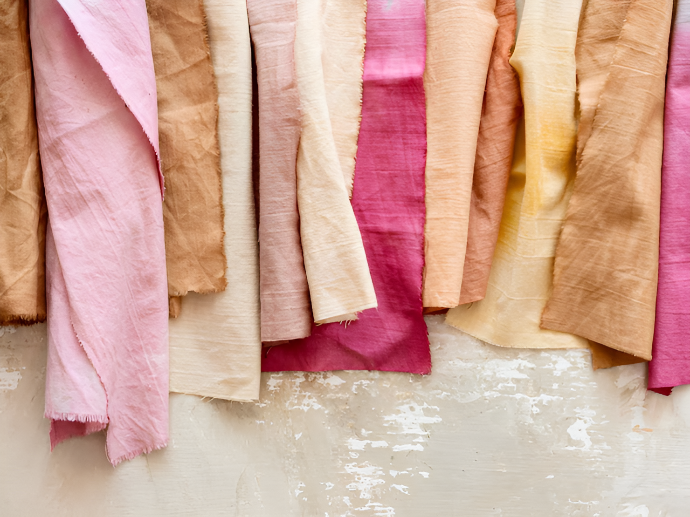
Silk – The Thread of Royalty
Origin: Ancient China (~2700 BCE)
Silk was discovered by Chinese empress Leizu, who, legend says, found a silkworm cocoon falling into her tea and watched it unravel into a fine thread. Silk remained a closely guarded Chinese secret for over 2,000 years and was traded along the Silk Road, connecting East Asia to Europe and the Middle East. When silk finally reached India and Persia, it inspired unique weaving traditions. India became the world's second-largest silk producer, with regional varieties like Banarasi, Kanjeevaram, and Tussar silk. Each type holds centuries of craftsmanship and cultural symbolism.
Cultural Legacy: In India, silk is more than fabric — it’s a part of weddings, rituals, and heirlooms.
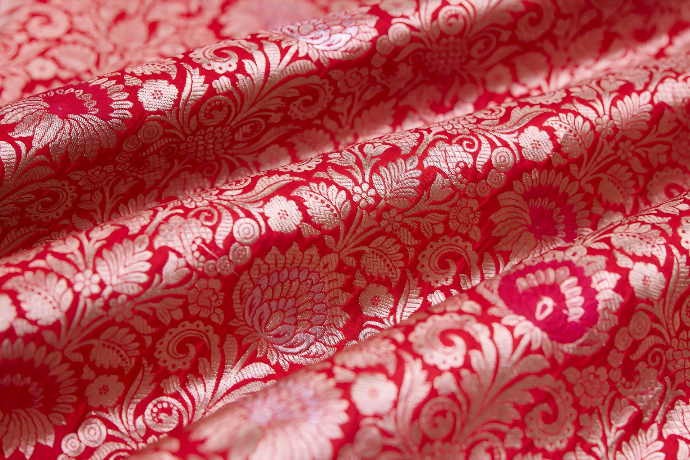
Linen – The Fabric of the Pharaohs
Origin: Ancient Egypt (~3000 BCE)
Linen, made from the flax plant, was a sacred fabric in ancient Egypt, used to dress the nobility and even wrap mummies. Its cool texture made it ideal for the desert heat, while its clean, crisp look symbolized purity. In ancient tombs, beautifully woven linen garments have been found preserved for thousands of years. Linen later traveled to Europe, where it became essential in household items like tablecloths and undergarments, especially during the Roman and medieval periods. Today, it’s loved for its sustainability and luxurious texture.
Cultural Legacy: Linen connects us to ancient spiritual rituals, natural living, and timeless style.
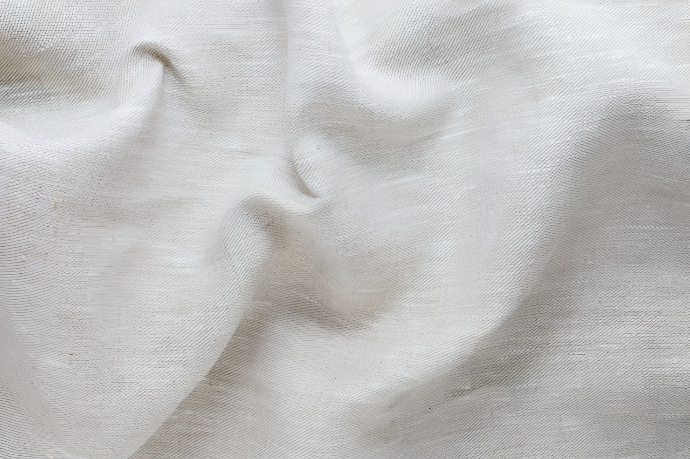
Wool – Nature’s Insulator
Origin: Mesopotamia (~3000 BCE)
Wool emerged in the cradle of civilization, where early societies in Mesopotamia began domesticating sheep for warmth and survival. Over time, wool became central to medieval European economies — so much so that in England, the Speaker of the House of Lords still sits on a wool sack, symbolizing its historical importance. With innovations like felting, carding, and spinning wheels, wool became versatile — from thick tweeds to soft merino. Cashmere, from Himalayan goats, and alpaca, from Peru, further enriched this family of fibers.
Cultural Legacy: Wool reflects the harmony between humans and animals in creating warmth and comfort.
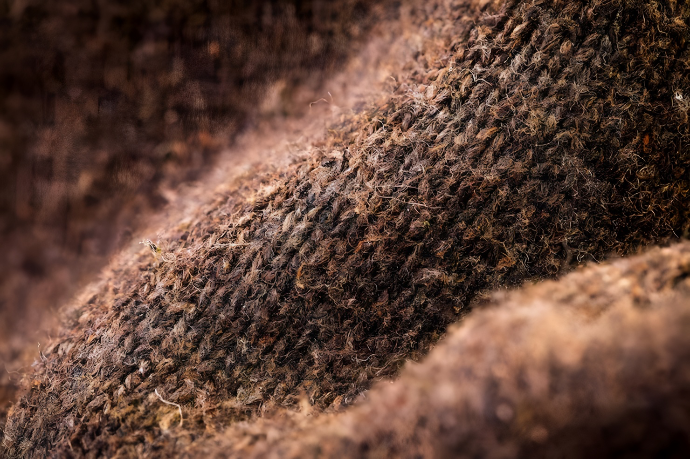
Velvet – Woven Luxury
Origin: Ancient Egypt; perfected in Renaissance Italy (~14th century)
Velvet is not a fiber but a weave — its rich, plush texture made it a favorite of royalty and aristocrats. Though early versions appeared in Egypt and China, it was in Renaissance Italy, particularly in Venice, where velvet was perfected and exported across Europe.
In India, velvet became associated with Mughal royalty, used in court garments, furnishings, and royal tents. Today, it’s symbolic of richness and elegance, used in both fashion and interiors.
Cultural Legacy: Velvet represents opulence and regality — a fabric that defined courts, cathedrals, and couture.v
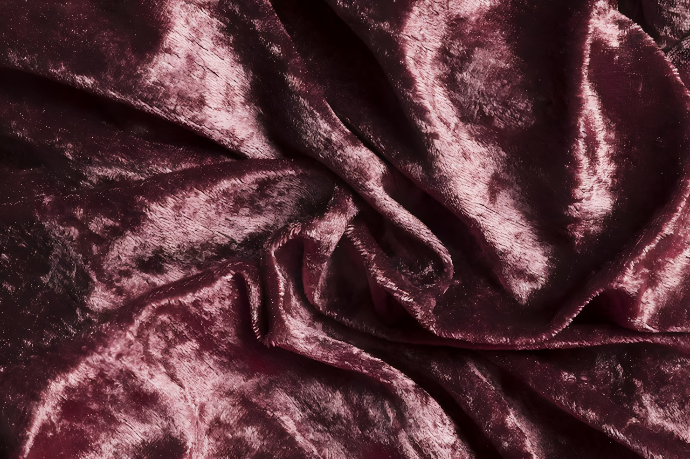
Chiffon – Air in Fabric Form
Origin: France (early 18th–20th century)
Originally crafted from silk, chiffon gained popularity in French fashion circles for its sheer, lightweight quality and elegant drape. The word "chiffon" itself means “cloth” in French, but the fabric became synonymous with grace, femininity, and fluidity.
Later, synthetic versions like polyester chiffon made this luxurious texture affordable. In India, chiffon sarees became a symbol of modern elegance, especially in Bollywood, where chiffon-clad heroines defined an era of fashion.
Cultural Legacy: Chiffon brought lightness into luxury, making delicate beauty accessible across cultures.
.
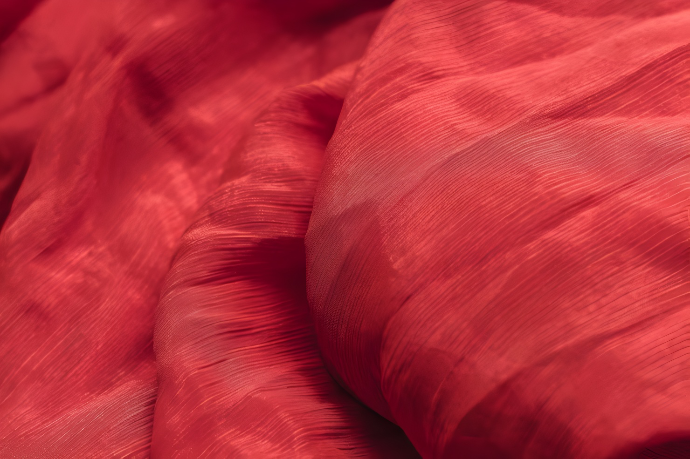
Denim – From Work wear to Icon
Origin: Nîmes, France (“serge de Nîmes”), popularized in USA (19th century)
Denim’s roots trace back to Nîmes, France, where a sturdy cotton fabric known as “serge de Nîmes” was produced. It crossed the Atlantic and became an American icon when Levi Strauss used it to make durable trousers for gold miners in the 1800s.
Initially workwear for laborers, denim later symbolized rebellion (think James Dean), then became mainstream. Today, it's a global fashion essential, worn by every generation in every form — from jeans to jackets to haute couture.
Cultural Legacy: Denim evolved from dirt to designer — from utility to universal appeal.
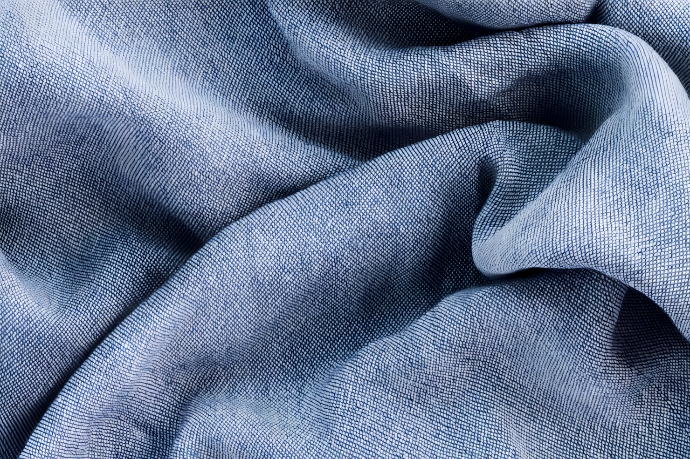
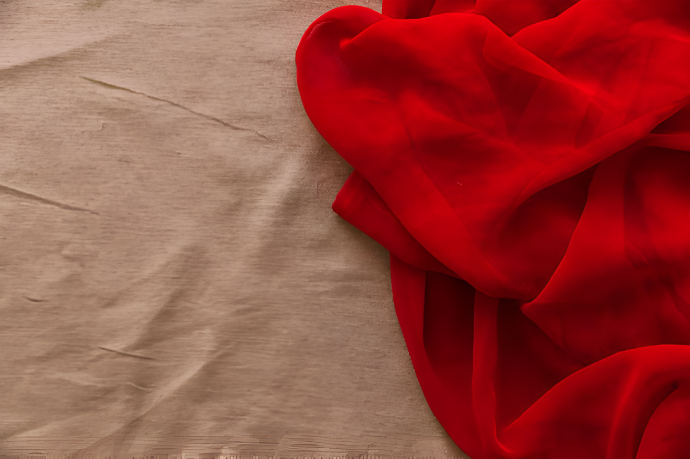
Georgette – The Modern Classic
Origin: France, early 20th century
Georgette de la Plante, a French dressmaker, invented georgette as a soft, slightly crinkled silk fabric with a matte finish. It quickly became popular in the 1920s for its flattering drape and resilience. Later adapted into polyester georgette, it became a staple in Indian fashion for sarees, kurtis, and gowns, celebrated for being both graceful and easy to manage.
Cultural Legacy: Georgette blends Parisian elegance with Indian expression, a true East-meets-West fabric.
.

